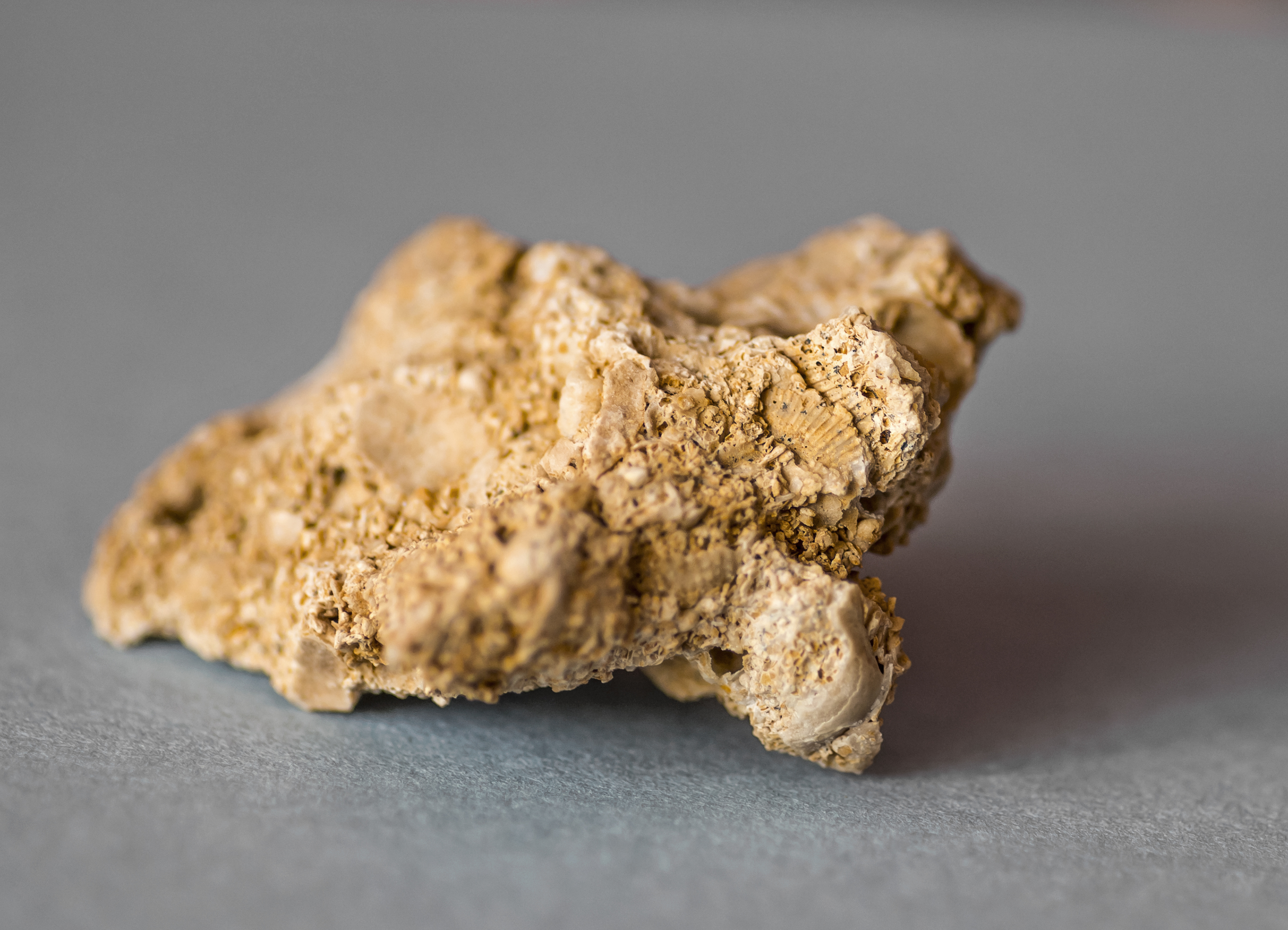Sepetiba Formation on:
[Wikipedia]
[Google]
[Amazon]
 The Sepetiba Formation ( pt, Formacão Sepetiba) is a
The Sepetiba Formation ( pt, Formacão Sepetiba) is a
 The Sepetiba Formation ( pt, Formacão Sepetiba) is a
The Sepetiba Formation ( pt, Formacão Sepetiba) is a geological formation
A geological formation, or simply formation, is a body of rock having a consistent set of physical characteristics (lithology) that distinguishes it from adjacent bodies of rock, and which occupies a particular position in the layers of rock expo ...
of the Santos Basin
The Santos Basin ( pt, Bacia de Santos) is an approximately large mostly offshore sedimentary basin. It is located in the south Atlantic Ocean, some southeast of Santos, Brazil. The basin is one of the Brazilian basins to have resulted from th ...
offshore of the Brazil
Brazil ( pt, Brasil; ), officially the Federative Republic of Brazil (Portuguese: ), is the largest country in both South America and Latin America. At and with over 217 million people, Brazil is the world's fifth-largest country by area ...
ian states of Rio de Janeiro
Rio de Janeiro ( , , ; literally 'River of January'), or simply Rio, is the capital of the Rio de Janeiro (state), state of the same name, Brazil's List of Brazilian states by population, third-most populous state, and the List of largest citi ...
, São Paulo
São Paulo (, ; Portuguese for 'Saint Paul') is the most populous city in Brazil, and is the capital of the state of São Paulo, the most populous and wealthiest Brazilian state, located in the country's Southeast Region. Listed by the Ga ...
, Paraná and Santa Catarina. The predominantly coquina
Coquina () is a sedimentary rock that is composed either wholly or almost entirely of the transported, abraded, and mechanically sorted fragments of the shells of mollusks, trilobites, brachiopods, or other invertebrates. The term ''coquina'' ...
formation dates to the Pleistocene
The Pleistocene ( , often referred to as the '' Ice age'') is the geological epoch that lasted from about 2,580,000 to 11,700 years ago, spanning the Earth's most recent period of repeated glaciations. Before a change was finally confirmed ...
period to recent and has a variable but maximum thickness of . The formation is the uppermost unit of the Santos Basin.
Etymology
The formation is named afterSepetiba
Sepetiba is a neighborhood in the West Zone of Rio de Janeiro, Brazil, surrounded by Santa Cruz and Guaratiba, and by the Sepetiba Bay. It occupies an area of 1,162.13 ha, and has a population of 35,892 (according to Instituto Brasileiro de Geo ...
, a neighbourhood of Rio de Janeiro
Rio de Janeiro ( , , ; literally 'River of January'), or simply Rio, is the capital of the Rio de Janeiro (state), state of the same name, Brazil's List of Brazilian states by population, third-most populous state, and the List of largest citi ...
.
Description
The Sepetiba Formation is the uppermost formation of the Santos Basin stratigraphy. It has a variable thickness, with a maximum of ,Kiang Chang et al., 2008, p.32 due to the proximal erosion of the uppermost part. The formation consists of whitish grey fine to coarse grained carbonitic sands. They arefeldspar
Feldspars are a group of rock-forming aluminium tectosilicate minerals, also containing other cations such as sodium, calcium, potassium, or barium. The most common members of the feldspar group are the ''plagioclase'' (sodium-calcium) feld ...
-rich, glauconitic
Glauconite is an iron potassium phyllosilicate (mica group) mineral of characteristic green color which is very friable and has very low weathering resistance.
It crystallizes with a monoclinic geometry. Its name is derived from the Greek () me ...
coquina
Coquina () is a sedimentary rock that is composed either wholly or almost entirely of the transported, abraded, and mechanically sorted fragments of the shells of mollusks, trilobites, brachiopods, or other invertebrates. The term ''coquina'' ...
s consisting of bivalve
Bivalvia (), in previous centuries referred to as the Lamellibranchiata and Pelecypoda, is a class of marine and freshwater molluscs that have laterally compressed bodies enclosed by a shell consisting of two hinged parts. As a group, biv ...
fragments and foraminifera
Foraminifera (; Latin for "hole bearers"; informally called "forams") are single-celled organisms, members of a phylum or class of amoeboid protists characterized by streaming granular ectoplasm for catching food and other uses; and commonly ...
. The depositional environment
In geology, depositional environment or sedimentary environment describes the combination of physical, chemical, and biological processes associated with the deposition of a particular type of sediment and, therefore, the rock types that will b ...
is thought to be coastal.Clemente, 2013, p.24
See also
*Campos Basin
The Campos Basin is one of 12 coastal sedimentary basins of Brazil. It spans both onshore and offshore parts of the South Atlantic with the onshore part located near Rio de Janeiro. The basin originated in Neocomian stage of the Cretaceous perio ...
References
Bibliography
* * {{citation , last1=Kiang Chang , first1=Hung , last2=Assine , first2=Mario Luis , last3=Santos Corrêa , first3=Fernando , last4=Setsuo Tinen , first4=Julio , last5=Campane Vidal , first5=Alexandre , last6=Koike , first6=Luzia , year=2008 , title=Sistemas petrolíferos e modelos de acumulação de hidrocarbonetos na Bacia de Santos , url=http://geomuseu.ist.utl.pt/GSP2012/GSP2009/Casos%20de%20estudo%20SP/GSP%20Bacia%20Santos.pdf , journal= Revista Brasileira de Geociências , volume=38 , pages=29–46 , doi=10.25249/0375-7536.2008382S2946 , doi-broken-date=2024-07-17 , accessdate=2017-09-04 Geologic formations of Brazil Santos Basin Pleistocene Brazil Holocene Brazil Limestone formations Shallow marine deposits Formations Formations Formations Formations